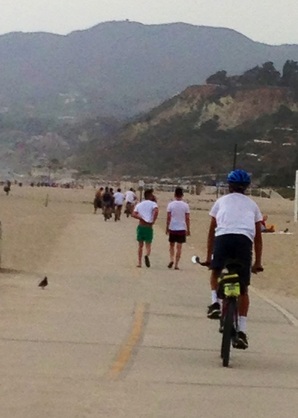 Making customers wait for this could be hazardous Making customers wait for this could be hazardous I have met too many people who possess reliable, first-hand knowledge of how to effectively get things done at work, only to be stymied in the implementation. Ironically, they are the foremost experts, but lack authority or influence, so their superiors (with inferior expertise) dismiss their opinions, their knowledge lies dormant, and everyone loses. The clearest example of wasted expertise I’ve observed involved Francois, a waiter for a large catering company. He knew with absolute certainty that a banquet for 1,000 people required at least ten punch bowls to maintain a steady beverage supply. However, the company only owned seven bowls, and some of those would go to other events scheduled for the same day. Despite repeated lapses in punch service over numerous banquets, his supervisor refused to take his advice and supply more bowls, causing Francois to absorb the brunt of customer complaints, all the while knowing that a simple solution existed for improving service and diner satisfaction.  Walk a little closer to the center, would you? Walk a little closer to the center, would you? The Other 25% I’m a firm believer in the 75% rule—that is, we are 75% responsible for how others treat us, because we have the ability to find paths of influence that will lead them toward mutually beneficial decisions (75% of the time). Because I lead with this assumption, I explore every conceivable option to sell an idea. At some point, though, everyone collides with the other 25%. This elite group includes people who are fundamentally unreasonable, remarkably clueless, or so entrenched in a belief that they dismiss your insights, regardless of your qualifications or persuasion skills. I never presume people fall into this category. They must repeatedly fail to respond to my influence efforts before I consider them part of the other 25%. However, one area I assume everyone belongs to the other 25% is beach bike paths, where I have literally collided with oblivious individuals despite my best attempts to educate them. Never mind my first-hand, expert knowledge of local beach paths. These roads have explicit rules, like no pedestrians, as well as some unwritten rules, like no playing with your baby rabbit on the path, no holding hands while cycling side by side, no kite flying on the path, and no riding bikes with seats 10 feet off the ground. These common sense rules exist for everyone’s safety, and not only do people ignore them, but many can’t even tolerate warnings of impending danger*. The last time I tried to warn someone about safety on the path involved a man wearing a massive knee brace, who was walking on the center divider line, on a crowded day, with cyclists flying by him at 25 MPH. He laughed at me. On especially nice days, I might pass thousands of people during a beach path skating excursion. Am I going to educate them all? I don't have the energy, they're not interested in my advice, and ultimately, their safety is their own responsibility, not mine.  Only a cop will get through to this guy Only a cop will get through to this guy Skate around them At some point, you may find yourself on a collision course with a member of the other 25%. First, be sure they actually play for that team, and see if they might have the ability to listen to feedback that supports their own interests. If they still dismiss you despite your best attempts, you can always follow my beach path strategy: skate around them. Why tear your hair out trying to educate people who stubbornly and incorrectly think they know best? If you're not going to get through to them, then your best possible outcome is to get past them without crashing. * I realize I am generalizing here, and if you happen to be a conscientious beach walker, I apologize for falsely labeling you.
0 Comments
Leave a Reply. |
The Solutions Mine BlogAll articles written by Jason Sackett, PCC, LCSW, CEAP. Archives
July 2021
Categories |
Services |
Call310.251.2885
|
